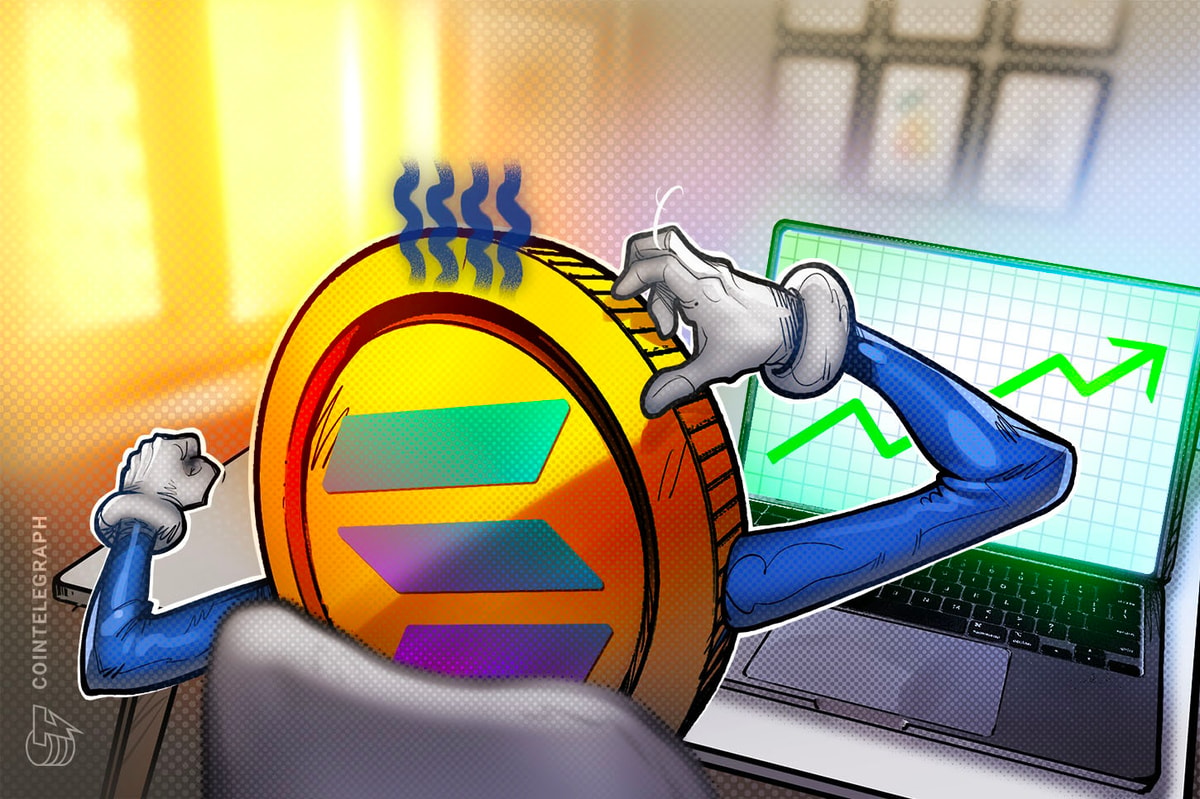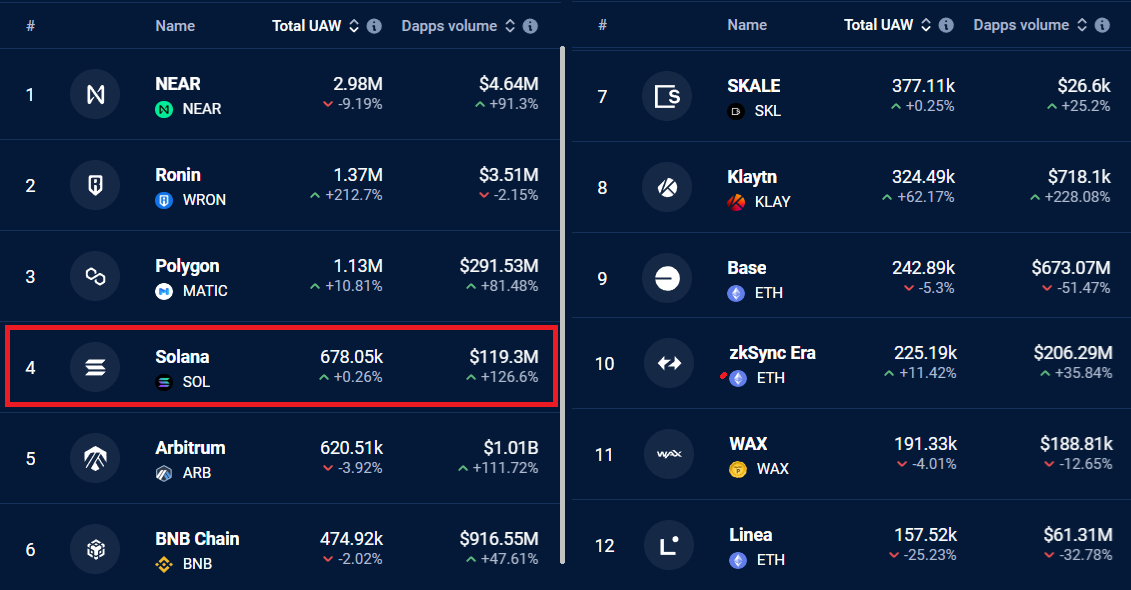
Solana’s native token SOL (SOL) hit a four-week low on June 11 as it tested the $145 support level. In four days, SOL saw a sharp decline of 15.8%, underperforming the broader cryptocurrency market, which saw a 10% decline in its total capitalization during the same period. However, macroeconomic instability may have created a buying opportunity for SOL, according to two leading indicators.
Macroeconomic events have a negative impact on the price of SOL
Investors fear the stock market could correct after mixed economic signals, prompting the U.S. Federal Reserve to delay lowering interest rates. The CME FedWatch tool says traders now see a 48% chance that interest rates will remain unchanged through September, a significant increase from 39% a month ago. After hitting a record high on June 7, the S&P 500 index has stabilized as investors await comments from Federal Reserve Chairman Jerome Powell on June 12.
Stuart Kaiser, head of U.S. equity trading strategy at Citigroup, notes that an increase in the consumer price index (CPI) of more than 0.4% from the previous month could trigger a sell-off in the market, which could send the S&P 500 down 1.5%. .at 2.5%, as indicated. By Yahoo Finance. Kaiser also warned that the S&P 500 could see its biggest one-day change since March 2023. U.S. inflation data, due June 12, is highly anticipated ahead of the Fed’s interest rate decision .
SOL investors are hoping for an eventual listing of exchange-traded funds (ETFs) in the United States, despite the lack of regulatory support for cryptocurrencies other than Bitcoin (BTC) and Ethereum (ETH). Brian Kelly, founder and CEO of digital asset fund BKCM, sees SOL as a strong candidate for an ETF, especially after Matt Hogan, chief investment officer at Bitwise, discussed how Solana’s real-world applications could attract institutional investments.
SOL’s recent poor performance can also be attributed to issues within its network, particularly regarding Maximum Extractable Value (MEV). Solana network validators were found to exploit traders through sandwich attacks, manipulating transaction prices to extract profits at the expense of retail investors. In response, the Solana Foundation excluded these validators from its authorization program, thereby reducing incentives for such malicious actions.
Despite a sharp 15% decline in just four days, many indicators suggest that investor confidence in SOL remains intact. This sentiment could soon lead to a positive turnaround once macroeconomic conditions stabilize.
Solana On-Chain Metrics and Derivatives Indicate Upside Potential
Notably, demand for leverage via SOL futures remained unaffected by deteriorating market conditions. Perpetual contracts, also called reverse swaps, have a built-in rate that, when positive, indicates increased demand for leverage between long (long) positions. Conversely, a negative funding ratio indicates the need for increased leverage among short positions.
Data shows that the SOL funding rate has remained stable at 0.01% every eight hours since June 8, which equates to approximately 0.2% per week. This stabilization of demand between bullish and bearish positions after a 15% drop in the SOL price is an indicator of market resilience. If the bulls rely on excessive leverage, we will see a significant increase in the funding rate, which is not the case currently.
On-chain data from the Solana network shows an increase in users and transaction volume. Although some analysts believe Solana’s low fees may encourage data manipulation, this issue is not unique to Solana and affects other platforms such as Ethereum’s Layer 2 solutions and competitors like BNB Chain.
about: Encryption is “the hardest thing” in software history – Consensys CEO

Solana currently ranks as the fourth largest blockchain in terms of 24-hour active addresses interacting with decentralized applications (DApps), with notable activity on platforms such as Jupiter Exchange and Raydium. However, the network’s daily trading volume of $119 million is far lower than Polygon’s $292 million and Arbitrum’s $1 billion.
Despite a sharp correction to $145 on June 11, SOL derivatives and the Solana network remained stable, indicating that traders and users are not ready to give up. The possibility of SOL recouping its $170 price tag seems possible, especially if the Solana Foundation’s efforts to mitigate the impact of Maximum Extractable Value (MEV) improve the overall user experience.
This article is intended for general information purposes and is not intended and should not be relied upon as legal or investment advice. The views, thoughts and opinions expressed herein are those of the author alone and do not necessarily reflect or represent the views and opinions of Cointelegraph.